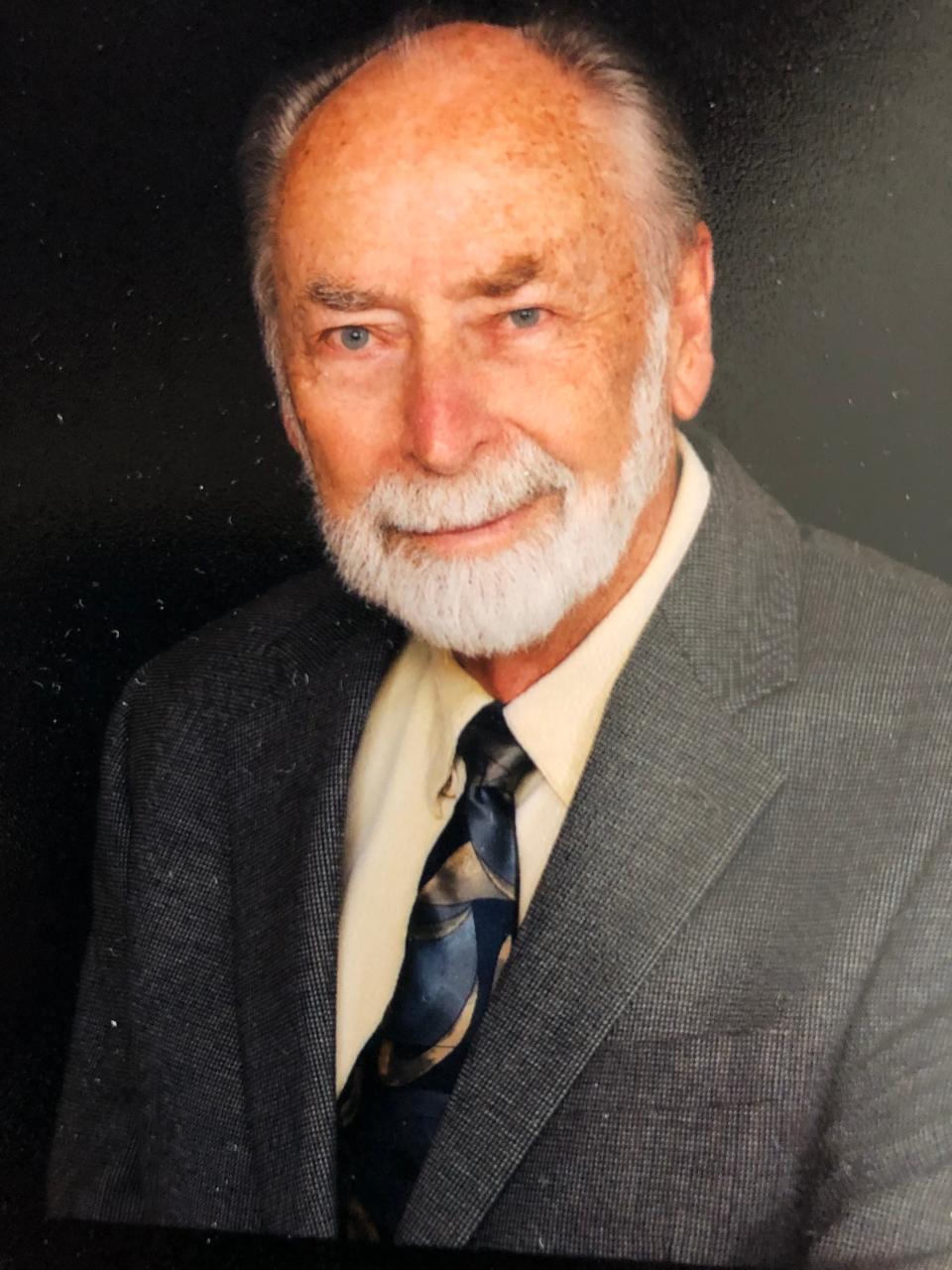However, the cost to build new nuclear power plants has increased greatly since then. Nuclear advocates claim next-generation nuclear technologies and Small Modular Reactors (SMRs) will make nuclear affordable. Colorado’s only experience with nuclear power, the Fort St. Vrain high-temperature gas-cooled reactor (HTGR), began operating in 1979, seven years behind schedule. It faced numerous operation and maintenance (O&M) problems and was decommissioned just ten years later, with Colorado ratepayers bearing much of the cost. Nuclear waste still remains at St. Vrain until a repository is opened.
The energy landscape is changing: In contrast to nuclear power, wind and solar are now the lowest-cost and fastest-growing sources of new generation. Colorado’s largest utility, Xcel, is on track to provide 85% of its electricity from wind and solar by 2030. These variable resources need to be firmed, with flexible sources such as demand response, storage, hydropower, as well as expanded transmission. Traditional base-load power plants cannot meet this need. CRES believes new nuclear power investment in Colorado is ill-advised for three reasons:
- High cost: New nuclear power plants are very expensive. Cost projections for proposed U.S. Small Modular Reactors (SMRs) continue to increase. Newer nuclear technologies can face unforeseen challenges that add cost, as demonstrated by the Fort St. Vrain plant.
-
Long construction time: U.S. nuclear power plants typically take over a decade to design, permit, and build. In that time, cheaper and faster-to-build zero-carbon resources could have displaced fossil generation and associated emissions.
-
Lack of flexibility: Without thermal storage, which further raises capital costs, utilities will not operate nuclear power plants in the flexible manner that is needed because it reduces the revenue needed to pay off debt and increases O&M costs.
CRES’s stance: CRES opposes the use of taxpayer or rate-payer funds to support new nuclear power plants in Colorado because they are unlikely to provide timely, cheap, reliable, carbon-free power. Instead, CRES believes that funds should be invested in the rapid harnessing of Colorado’s extensive solar and wind resources, together with end-use efficiency, storage, demand response, and transmission. These demonstrated solutions address the urgent need to immediately and dramatically reduce carbon emissions.

Tom Corlett is a member of the CRES Policy Committee
This article originally appeared on The Pueblo Chieftain: The Colorado Renewable Energy Society’s position on nuclear power
